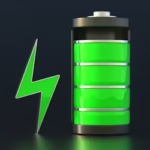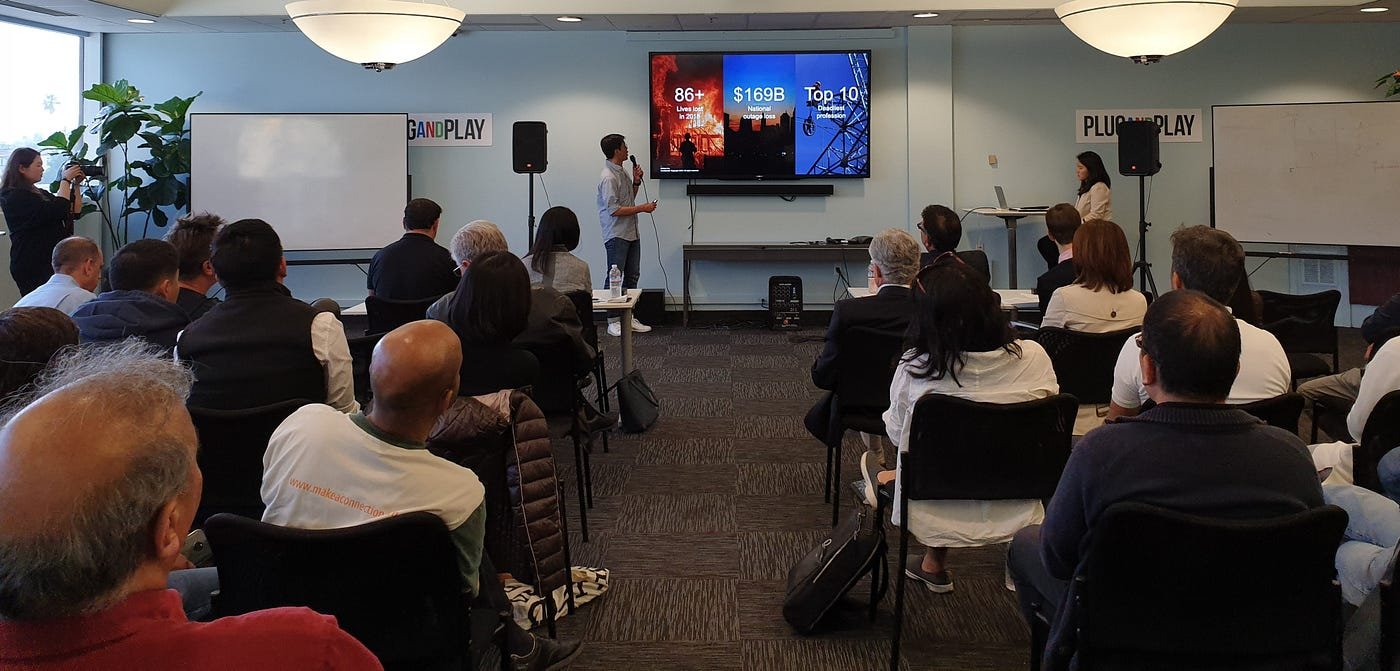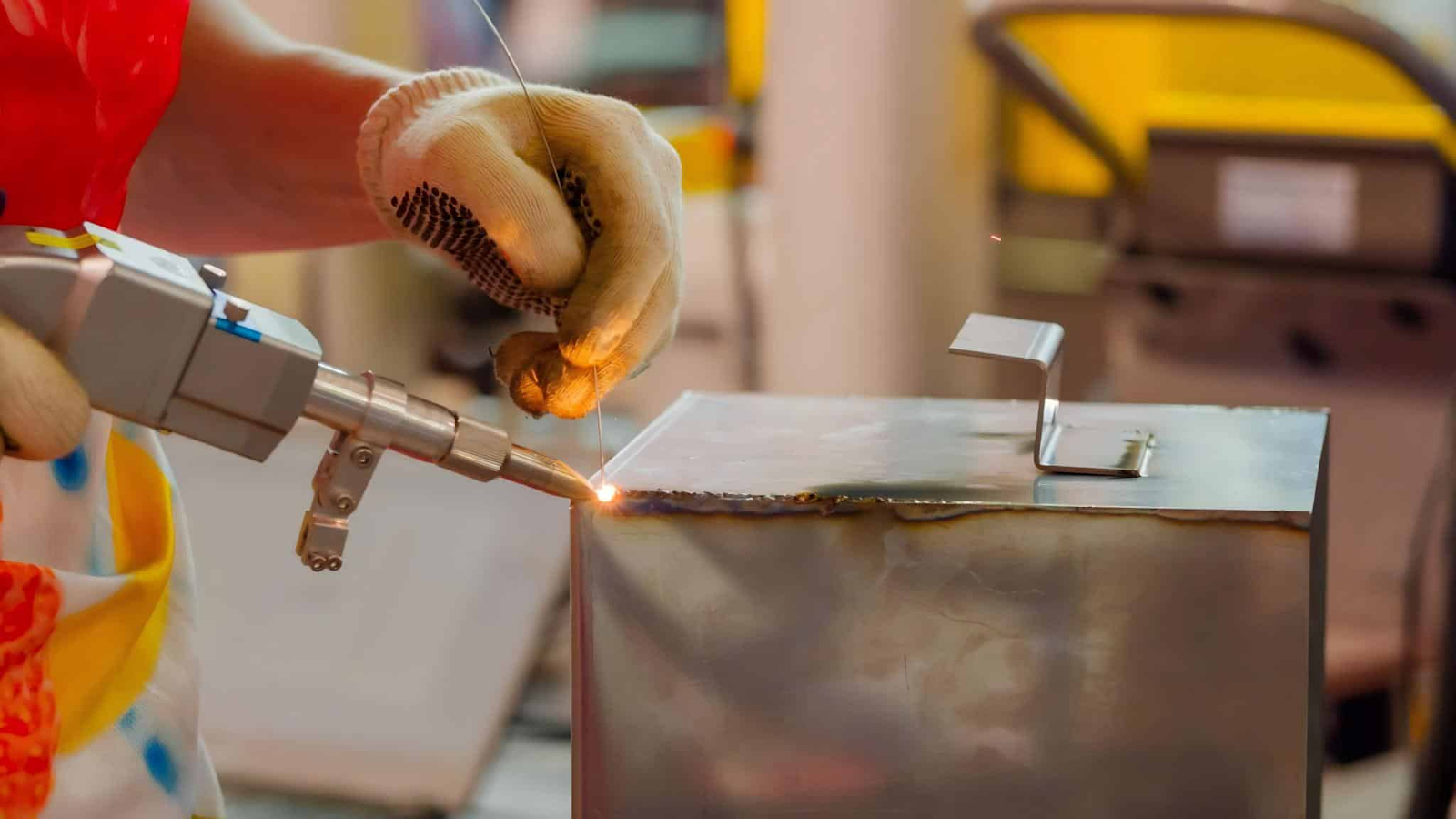This guide explains how to build a loyal user base for plug-and-play tech products by focusing on user education, trust-building, simple onboarding, consistent feedback loops, and feature transparency. It includes strategies that address early adopters, late users, and buyers looking for utility-driven devices like location-based earning devices and more.
What you’ll learn from this guide
- How to build trust before selling
- The role of onboarding in plug-and-play tech
- How to turn early buyers into repeat users
- Why transparent limitations matter more than polished hype
- What retention signals to track from Day 1
Why does loyalty matter more for plug-and-play than other tech?
Plug-and-play products are often sold as “no setup required” devices. That attracts users who want ease, not just performance. Unlike software platforms that can iterate, these products live in the home or on-premise. If they fail once, users won’t give them another chance.
Even one bad experience leads to returns, refunds, and negative reviews. And since many plug-and-play items are shipped globally, support costs can go up quickly.
That’s why loyalty isn’t just a bonus. It’s the only way to stay profitable when you can’t afford churn.
What does plug-and-play loyalty really look like in user behavior?
Loyalty with these devices isn’t about subscription renewals. It’s about:
- Recommending the product to others without being asked
- Buying more from the same brand later
- Installing updates and using added features over time
- Avoiding unnecessary support tickets
- Not returning the product within 30 days
If users set it up and forget it, you’re safe. But if they unplug and leave a 2-star review, you’re in trouble.
What role does product packaging play in loyalty?
Most users start forming trust before they even plug the product in. The outer box, instruction inserts, setup guides, and even QR code placement affect perceived ease.
If users feel the brand didn’t think through the setup, they assume the rest of the experience will be clumsy too.
Real example: A device from a popular crypto-mining brand required users to scan a QR code that was printed on a label inside the battery slot. Many users never found it. That brand got over 600 support complaints in two weeks. The device was part of a Helium mining network.
Simple fixes like visible printed cards or peel-back stickers could have avoided all those issues.
How can onboarding affect long-term retention?
First-time setup often determines whether someone sticks with the product. If onboarding is visual, brief, and clear, users finish the setup and start using it the same day.
But if it involves Wi-Fi pairing, mobile app syncs, and unexplained LED colors without proper guidance, users stop trying.
Video onboarding, even 1-minute clips embedded in your QR links, cuts friction drastically. Simple visual demos showing LED patterns, placement tips, or usage habits reduce drop-offs.
Make sure you don’t just explain how, but why certain steps matter. That builds trust early on.
Should plug-and-play brands offer customer support before purchase?
Yes. Users often make buying decisions based on their confidence in post-sale help. Having a visible help chat or quick guide available even before someone buys builds early loyalty.
One example is how a brand selling location-based earning devices created a 24/7 help chatbot that mimicked the device behavior in real time. Customers could simulate placement options in a virtual map.
The result? Their product returns dropped by 38%, and installation success rates rose by over 60%.
What kind of loyalty metrics should be tracked early on?
For plug-and-play tech, measure more than NPS or generic feedback scores. Instead, focus on:
- Setup completion rate (within 48 hours)
- First feature activation (within 3 days)
- Second-day use (not just install-and-leave)
- App login frequency (if applicable)
- Number of support tickets within the first 7 days
If your device includes passive earning or logging, measure activation points. For example, an aethir edge price user may activate at different times depending on reward clarity and app UX. Track where they drop off.
What type of community-building drives loyalty for these products?
Community loyalty grows when users get something more than technical help. They need to feel like their device choice is a smart decision others respect.
Try building:
- Setup showcase groups (users post how they placed or used the device)
- Product update sneak peeks
- Feedback-only forums
- Leaderboards if any points or earning is included
Make users feel part of a shared outcome. Even with low interaction, silent observers still gain loyalty through the content they watch.
How should feedback loops be created for plug-and-play users?
Most users never fill out full surveys. But plug-and-play tech makes feedback easy to gather silently. Here’s how:
- Use app usage heatmaps
- Track button presses on the physical product if possible
- Enable one-click emoji feedback for error moments
- Run small micro-prompts asking “Was this part confusing?” at key points
Over time, map where friction appears. Fix only one bottleneck per month and announce it to users. That shows improvement in a pace they can feel.
What does it mean to set expectations clearly in plug-and-play tech?
Transparency works better than polished promises. Tell users what the device can’t do clearly.
Example: A Wi-Fi-connected sensor product couldn’t work without 2.4GHz networks. They added a warning on the box instead of hiding it in setup manuals. Support requests dropped by 45% after the change.
Plug-and-play users want honesty. Setting boundaries builds trust faster than a perfect pitch.
Should product updates be automatic or manual for loyalty?
Let users choose, but default to auto. Some plug-and-play devices have firmware or software updates that improve function or fix bugs. If updates fail silently, users blame the brand.
Let them opt into update alerts. Provide visible changelogs with simple words. “Fixed sensor delay” works better than “version 1.4.2 system enhancement.”
This way, they feel in control while still staying up to date.
What if the plug-and-play device includes reward earnings?
Incentive-based devices, like those used in Helium mining or location-based earning devices, need a different loyalty approach. Earnings don’t guarantee retention unless payout clarity and consistency are high.
Make sure your users:
- Understand how to calculate their reward
- Know when payouts happen
- See real examples of high and low outcomes
- Have a way to forecast expected return
You don’t need to inflate expectations. But you must give users enough clarity that they don’t assume failure when earnings drop.
Why is simplicity in app UX more important here?
Plug-and-play buyers expect the app to match the physical simplicity. If the device is easy but the app is cluttered, the brand loses trust.
Use:
- Single-tap actions
- Real-time syncing
- Offline mode if possible
- Visual layouts without jargon
Make sure the app is not a bottleneck. Poor app UX ruins product experience faster than most hardware flaws.
How does word-of-mouth loyalty grow for plug-and-play tech?
Referrals often happen offline for these types of devices. A friend visits, sees the tech in action, and asks where to buy it. That’s why physical setup and daily use visibility matter.
Focus on:
- Small but visible brand marks on the device
- App name clarity
- Reward dashboards users can share
- Good packaging they may keep
Users don’t need referral codes to recommend your device. They need results that speak without needing words.
What causes churn in plug-and-play product users?
Common reasons include:
- Poor first setup experience
- Reward mechanics unclear or delayed
- Buggy app updates
- No visible improvements over time
- No ongoing updates
- No reason to return to the app
Once these start happening, it’s hard to win them back. Refunds follow, and trust erodes fast.
Reduce churn by focusing on the first 3 days of product use. Build daily habits early.
Why does shipping and post-sale tracking affect loyalty too?
If a plug-and-play product arrives damaged or late, most users don’t complain—they just return it. That’s loyalty loss before use even begins.
Offer real-time tracking, clear return instructions, and protective packaging. Post-sale communication should include:
- “Your product was delivered” confirmations
- Setup tips immediately after arrival
- Support contact highlighted early
It’s part of the experience, not just logistics.
Should you create different strategies for different user types?
Yes. Plug-and-play users often fall into:
- Technical buyers (want full specs)
- Passive buyers (just want it to work)
- Earning-focused buyers (care about financial returns)
- Security-sensitive buyers (worry about connectivity or data)
Speak differently to each group in onboarding and post-sale content. Use simple segment-based messaging in email follow-ups.
Can you build loyalty without a login account?
Yes. Some devices avoid account creation to keep it simple. You can still build loyalty through:
- QR-code support
- Email tip series tied to product serial numbers
- App-less guides using NFC tags
Even without full accounts, users can feel connected. Keep communications open through email or optional app layers.
Are plug-and-play loyalty strategies different for B2B buyers?
Yes. Business buyers care more about:
- Bulk order support
- Remote management
- Low failure rate
- Easy training for staff
Loyalty here means seamless setup across many users. Offer B2B buyers onboarding kits, setup call options, and uptime guarantees. B2B users are less forgiving if setup isn’t consistent.
Can you reward loyal users over time without discounts?
Yes. Offer loyalty by:
- Giving beta access to new features
- Sending free accessories
- Prioritizing customer support
- Letting them vote on future product features
These gestures cost little but show long-term investment.
How can you use surveys smartly to build loyalty?
Skip long-form questions. Ask just one at a time. Examples:
- “Was this feature useful?”
- “What’s one thing that confused you?”
- “Where did you get stuck?”
Over time, small answers lead to strong improvements. Show users what you fixed based on their feedback.
That creates visible change. And that drives long-term loyalty.
What’s one loyalty tip no one talks about in plug-and-play devices?
Make the product fun to explain. If your user can describe how it works in 10 seconds and feel smart doing it, they’ll brag about it.
That’s the secret behind so many viral tech devices. It’s not the features—it’s the brag-worthiness.
Let them feel like experts, not just owners.











